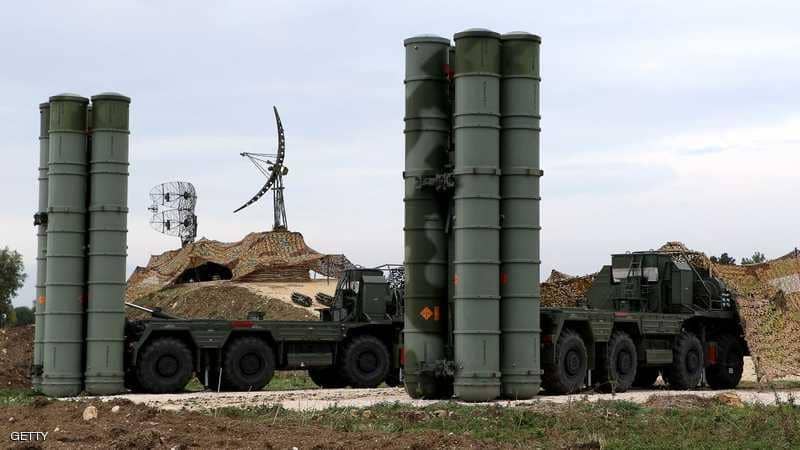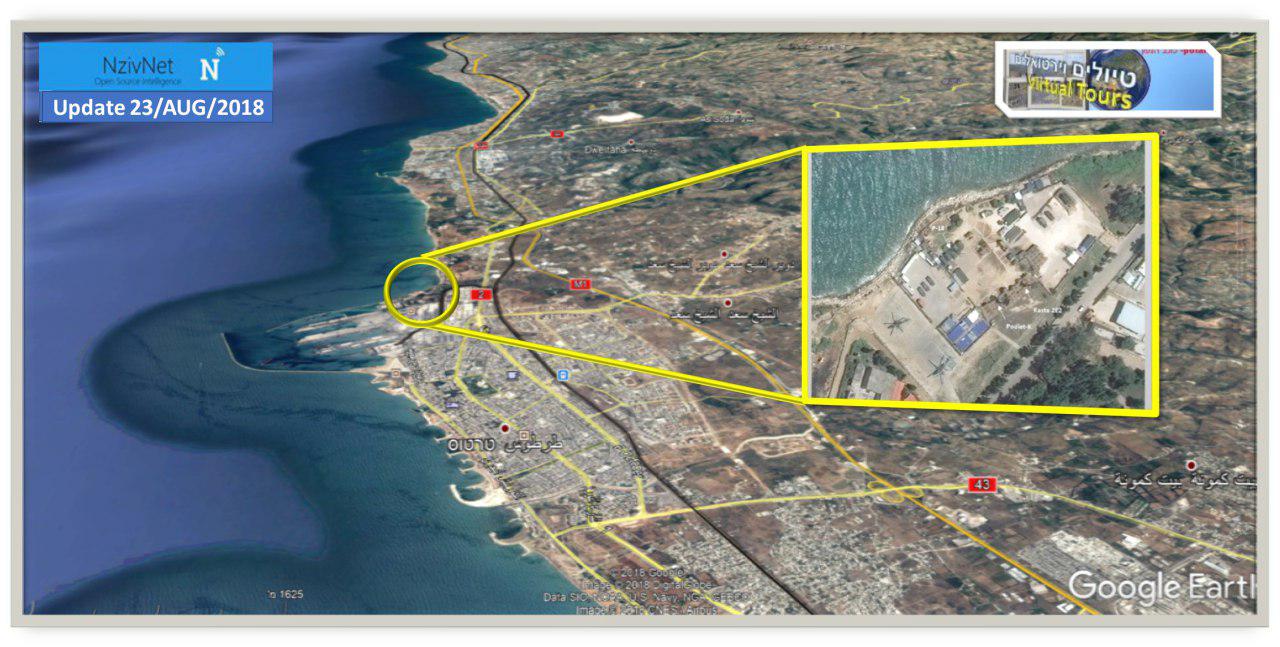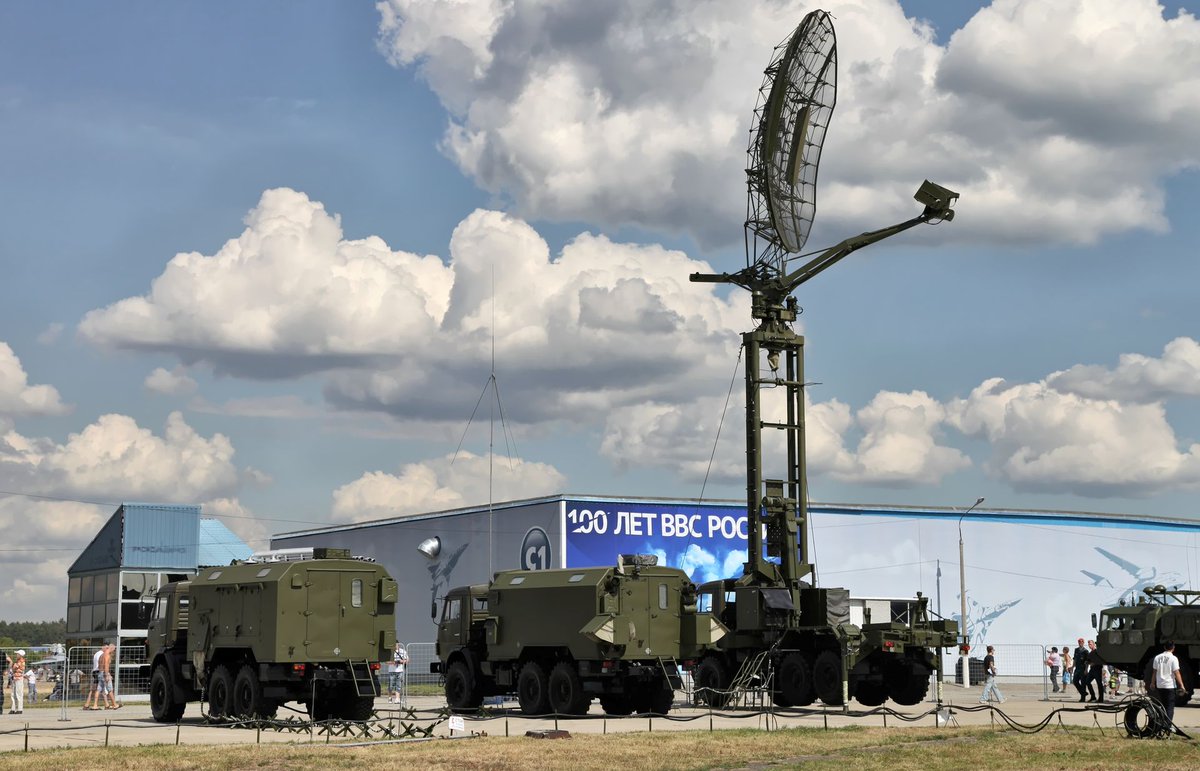תמונה תמימה שעלתה למרשתת מאפשרת הצצה למערך ההגנ"א הרוסית באזור טרטוס
כשהחלה המעורבות הצבאית הרוסית הפעילה בסוריה והפיכת שדה התעופה "חמימים" לשדה רוסי בו אין לשום גורם סורי רשות להיכנס אליו ,הובאו לאזור גם מערכות הגנה אווירית שיגנו על סד"כ מטוסי הקרב בפרט והפעילות האווירית הרוסית הכללית בכלל.
עוד קודם לכן, מאז שהרוסים קבלו זכויות עגינה ומזחים משלהם בנמל טרטוס ,שעל חופי הים התיכון,הובאו מספר מערכות הגנה אווירית להגנה על כלי השיט ומתקני הנמל הרוסי שהוקם.
Russia is strengthening its AirDefence capabilities in Syria.
"Today, 2 S-400 complexes r deployed in Syria, providing reliable anti-aircraft defense in Khmeimim&Tartous,"Shoigu.There is one in Latakia and one on border ofHama/Tartous(https://t.co/ZY4ytJIEVT) New ones going to? pic.twitter.com/7ZCVi5lmka
— monitoring (@warsmonitoring) January 23, 2018
כיום,לאור הפעילות האווירית האינטנסיבית שבצעו הרוסים בשמי סוריה יחד עם עשרות אלפי הגיחות המבצעיות נגד עמדות המורדים ודאעש ,מערכות ההגנה האווירית הרוסיות העוטפות את מרחב לטקייה-חמימים-טרטוס התעבו עד מאוד והן מהווים אזור פעילות למיטב מערכות ההגנה האווירית החדישות ביותר שעוברות ניסויים בתנאי אמת לפני הצבתם ברחבי סוריה ואף לפני מכירתן למדינות היעד.
לא מזמן הועלה לרשתות החברתיות תמונת מצב אווירי הנגלית לעיני המפעילים הרוסים של מערכות ההגנה האוויריות בצפון מערב סוריה וממנו משתמע שכל התנועה האווירית בשמי המזרח התיכון כולל כל שמי ישראל וטורקיה, ואף מעבר לזה, נראים היטב על מסכי הרוסים.
הצורך במערכות חדישות,ובמיוחד לאלו המטפלות בגילוי וזיהוי מטרות מנמיכות טוס כמו כטב"מים ומזל"טים , התגבר מאוד לאחרונה עקב הניסיונות הבלתי פוסקים מצד כוחות המורדים לפגוע בסד"כ האווירי הרוסי בשדה התעופה הצבאי בחמימים היות והם עושים שמות בשורות המורדים ולמעשה מכריעים את הקרב נגדם.
צילום "תמים" שהועלה לרשתות החברתיות חשף מערכות הגנה אווירית רוסיות חדישות שלא היו נוכחות קודם לכן על אדמת סוריה.
הצילום:
בשיטת גיאולוקיישן זוהו מיקומי חלק ממערכות ההגנה האווירית שהוצבו להגן של המעגנים הרוסים בנמל טרטוס הסורי:
גורמים מקצועיים ברחבי העולם ניתחו את מה שרואים בתמונה והם זיהו ללא קושי את מערכות ההגנה האווירית הרוסית שהאנטנות הנראות בתמונה משרתות.
אנטנה של מערכת הרדאר הרוסית מדגם: (Casta-2E2 (39N6 –
אנטנה של מערכת הרדאר הרוסית מדגם "Approach-K1" ( 48Y6-K1) – m – המיועדת לגילוי מטרות מנמיכי טוס כמו כטב"מים:
אנטנה של מערכת הרדאר הניידת הרוסית מדגם – (P-18 "Terek" (1RL131 –
נספח פרטים טכניים של כל סוג מערכת שזוהתה:
*- מערכת Casta-2E2 (39N6) :
Casta-2E2 (39N6) is a Russian mobile three-coordinate radar of the decimeter range of the round-robin view of the standby mode. It is designed to control airspace, determine the coordinates and identify air targets, including at extremely low altitudes, their route characteristics and issue their coordinates and traffic parameters to air defense control systems (RTV, ZRV, IA), air force and air defense, and simultaneously on two consumers by radio channels and / or cable communication line, and on one more – with digital-analog interface. The third coordinate (the altitude of the target's flight) is estimated based on the detection of the target in the lower ray, in the upper ray or both; the accuracy of estimating the altitude of the fighter's flight (on average for all heights and distances) is 900 m. It can also be used as a radar for controlling air traffic and controlling airspace in aerodrome areas.
*- מערכת Approach-K1" ( 48Y6-K1) – m :
"Approach-K1" ( 48Y6-K1) – m abundant low-altitude radar complex for detection of aerodynamic and ballistic objects. The complex was developed by the Almaz-Antey Air Defense Concern. In 2009, a prototype was created. Tests of the prototype of the radar station were started in 2010. The first deliveries of the Podlet-K1 radar to the air defense forces were launched in 2015. The tri-axis three-axis radar for the S-range of detection and tracking of targets at small and extremely low altitudes in natural and posed interference. The radar provides:
*- מערכת P-18 "Terek" (1RL131) :
P-18 "Terek" (1RL131) – mobile two-coordinate radar round-robin meter range of waves. The prototype of the P-18 radar is the P-12NA radar (a modernized version of the P-12 "Yenisei" long-range radar for early detection of aircraft).
In Russia, the last deliveries of P-18M were made in 2007.
Comments : Casta – low-flying (and quick-wrenching version, by the way), Flight – low-flying and barely noticeable, P-18 – stealth (meter range). Choosing a combination of the correct prinov, IMHO. By the way, the P-cabinet is also not simple. A flight still vaasche novelty











לשים לב, שהמערכת האחרונה נועדה לגלות גם מטוסים חמקניים
https://en.wikipedia.org/wiki/P-18_radar#Combat_History